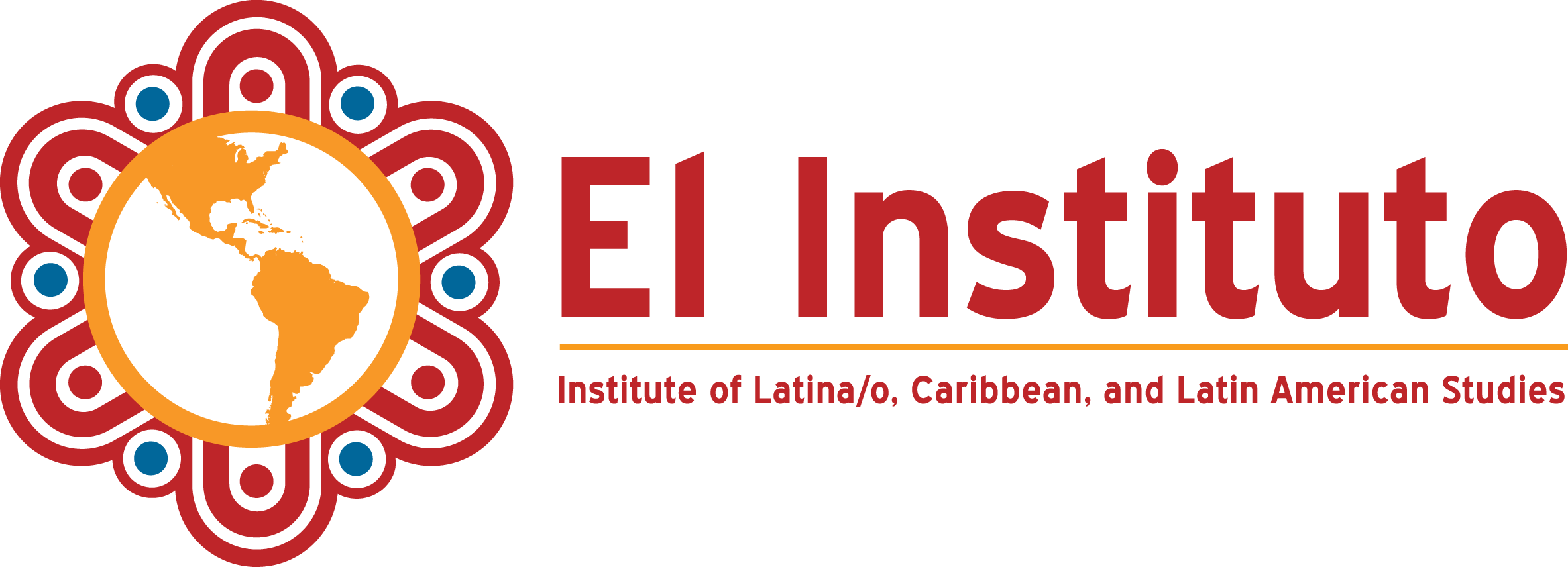U.S. Imperialism/ U.S.Expansion Abroad
Brigith & Erica
Objective 1:
Define what U.S. Imperialism is and what it is based on
Objective 2:
Analyze how U.S. Imperialism/U.S. Expansion has developed over time and how it still affects territories and countries today.
Objective 3:
Assess why and how the United States imperialized and/or took possession of certain countries and/or territories.
Objective 4:
Comprehend the importance of learning and teaching about U.S. Imperialism/U.S. Expansion.
Objective 5:
Acknowledge and assess voices of the people who were affected that reveal the personal cost of U.S. Expansion in comparisons to commonly told privilege narratives that are constantly
Our Message
While it is a common claim that the United States prioritizes itself on promoting liberty and “justice for all”, more often than not, history has shown that the U.S. has involved itself in the workings of other nations and territories for financial gain, to the detriment of its citizens. Its influence has left many of these democracies economically and politically weak, and has even led to civil war. The involvement of the U.S. has gone as far obtaining full power over certain countries and territories. While the influence abroad the United States holds may seem like an issue of the past, it needs to be acknowledged that the U.S. continues to heavily influence many countries in Latin America in regards to their social, economical, and political climate.
Guiding Principle
While U.S. Imperialism is often taught in high schools, it is commonly presented through a very limited lens, and not all perspectives or major events, especially in Latin America, are included within the conversation. In consideration of the limitations, the goal is to analyze events that often get overseen or not discussed through a multi-lense perspective within high school classrooms.
Important terms to know
Class aptent taciti sociosqu ad litora torquent per conubia nostra, per inceptos
Himenaeos. Sed molestie, velit ut eleifend sollicitudin, neque orci tempor nulla, id sagittis nisi ante nec arcu. Fusce porta bibendum convallis. Morbi fringilla sollicitudin scelerisque. In pellentesque
Cultural Capital
This term describes the things that help us move through society, such as knowledge, skills, and education. This is typically learned through one’s culture.
Deficit Model
This term describes the tendency to focus on a student’s weakness instead of the student’s strength.
Educational Equity
A measure of achievement, fairness, and opportunity in education
Generation 1.5
This term is used to refer to U.S.-educated ESL students who usually arrive in the United States after they have completed primary school in their home countries. They are between the first and second generations and that is what gives them their nickname.
Inquiry Based Learning
An approach to learning that emphasizes the student’s role in the learning process. Rather than the teacher telling students what they need to know, students are encouraged to explore the material, ask questions, and share ideas.
Microagression
An indirect, subtle, or unintentional discrimination against members of a marginalized group.
History on U.S. Imperialism
Spanish-American War: The U.S. war with Spain was portrayed as an attempt to free Cuba and Puerto Rico from oppressive Spanish rule. Spain quickly lost due to its ill-preparedness. The Treaty of Paris ended the war, and transferred all power over Cuba and the Philippines, and ceded Guam and Puerto Rico to the US for $20 million.
Mexican American War (1846-1848): The Mexican-American War was initiated when Joseph W. Polk, the 31st Governor of Missouri, felt that the U.S. had a “manifest destiny” to spread its territory from east to west. The battles fought over the Rio Grande went on for two years, but the end result was Mexico losing around 55% of its territory, including California, Utah, Nevada, Arizona and New Mexico.
The Banana Wars(Link): To fully understand the Banana Wars, it is essential to first note that the 19th Century was a period of time considered the Age of Empire. The United States noticed how the European Empire was possessing many countries in Africa and Asia and also wanted to gain power throughout the world. They looked to their neighbors for land, labor, and natural resources, and began export businesses of items like timber, ore, pigment dyes, and tropical fruit. The United Fruit Company was the largest and most influential of these. Its labor abuses, and those of other companies, led Many workers in Latin America to go on strike because of the poor conditions they were working in the agricultural fields. It was the United Fruit Company that asked the U.S. government for support in order to stop the uprising. The United States aided the United Fruit Company and sent the marines to countries including Panama, Dominican Republic, Haiti, Nicaragua, and Honduras. In the eyes of the U.S. president, Franklin Delano Roosevelt, this was a good way to spread U.S. ideals and democracy throughout the region. The end result was having the U.S. financially support violent armed groups in places like Columbia to stop workers’ uprising; and a US supported coup d’état in Guatemala in 1954 after deliberate destabilization of their democratic government.
Bay of Pigs: A failed CIA attack to push dictator Fidel Castro out of power in Cuba in April 1961 was executed by 1,400 American trained Cubans, who were outnumbered by Castro’s troops and surrendered in 24-hours.
Guatemala: Pro-democracy students led a revolution against a dictator with fascist leanings. The United Fruit company lobbied the U.S. government to intervene into the student revolution.
Mexico: The United States prohibition tremendously impacted Mexico and serves to demonstrate how influential the United States can be on the international community. The long term impact is that Mexico has become not only a producer but a transit area for all the drugs that are trying to get into the United States. The war on drugs became racialized by the U.S. through different forms of propaganda. Mexicans were blamed for the use of marihuana within the United States.
Panama: In 1903, the United States supported Panama’s independence from Colombia. However, the United States only supported Panama because it had interest in building the Panama Canal. The Panama Canal became the fastest route between the Atlantic and Pacific Ocean, but only after the US controlled the presidency to be able to build it they way they wanted.
CT: Connections To Local Realities
This video explores the challenges to dual language teaching. Even when schools truly want bilingual fluency for children, providing it can be more difficult than it looks. Part of the problem lies in how we measure competencies. Mastery tests measure one’s ability to speak English assuming one has spoken nothing else. Bilingualism takes longer to develop, and one must use a longer measuring stick. Unfortunately, to compound lack of proper measurement standards, overcrowding in classrooms diminishes language teaching effectiveness as well.
As we have learned through the history section, there is a long timeline of people who are for and against bilingual education. Many schools today focus on English-only methods, and perceive Spanish-speaking skills as a hindrance to language success in a deficit-model way of thinking. Drilling grammar into children, rather than using more interactive methods of teaching that incorporate students’ cultural knowledge bases, often alienate children and lead to feelings of cultural invalidation. Daisy Hernandez in her autobiography Cup of Water Under My Bed and Diane Guerrero in her book In the Country We Love: My Family Divided both discuss their feelings of cultural rejection in school.
The video “Learning Matters: The Language War In New Britain” also shows that parents and students need more support from schools as they face personal issues that can affect students and their participation in class.
Studies have proven that proficy in a language is determined by conversations people can hold in that language rather than the grammatical aspect of the language. According to the 2017 consensus study report, “Promoting the Educational Successes of Children and Youth Learning English,” it was discovered that students acquire language proficiency within 4 to 7 years with bilingual education. However, without bilingual education, it takes students 7-9 years to achieve language proficiency.
The following video “Personalized Learning at Hartford Public Schools” reveals the benefits of personalized and interactive teaching, which contrasts from the overcrowded and noninteractive teaching seen in the previous video. It is important to see the contributions that are being made in our state as we improve the quality of education.
For further information on the contributions that the Latinx community has made to Connecticut education and local organizations, visit the “Puerto Rican Impact on CT” and “Social Justice” under our tab.

Companion Pieces For Students
To the right, we have listed some companion pieces teachers can add or recommend for students. The first four pieces are books that are made to tell different stories of people in the Latinx community. The second row has four movie recommendations for the classroom.
Lastly, we have linked four videos that talk about different perspectives people have on bilingualism and the educational system. We included two slam poetry videos on the educational system and bilingualism, a quick informational video on the benefits of bilingualism, and a video on people who are trying to reclaim their heritage by learning Spanish later in their lives.
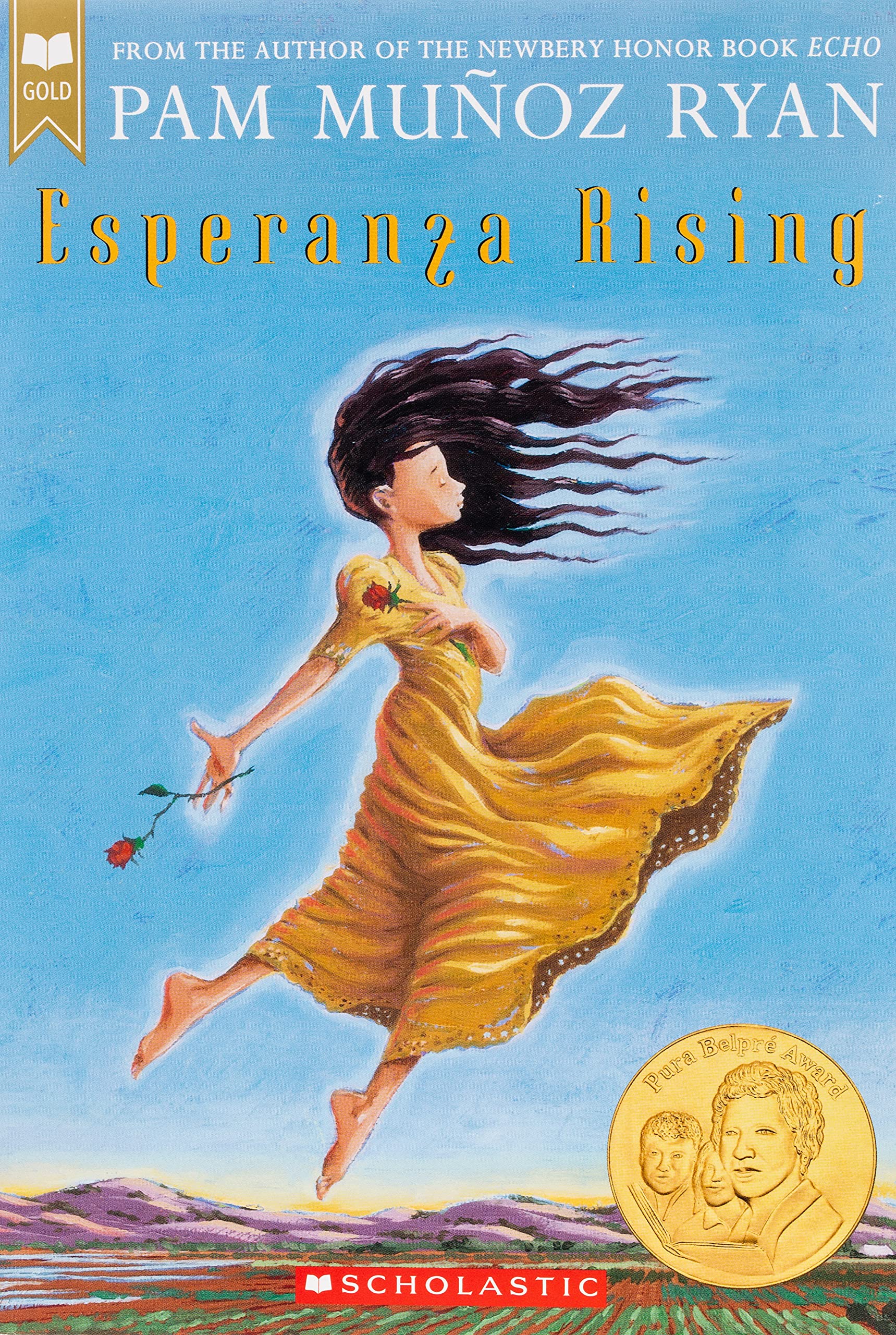
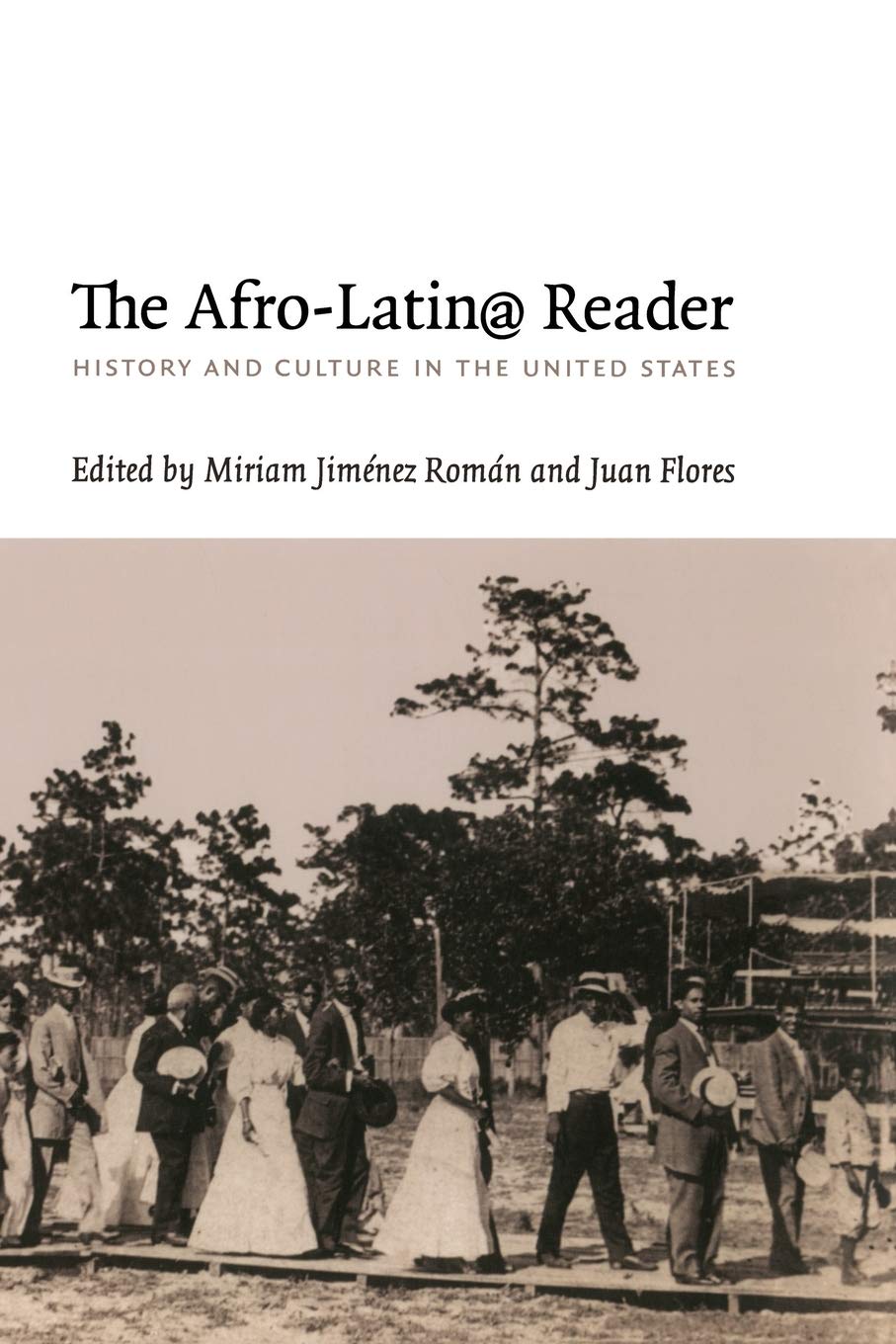
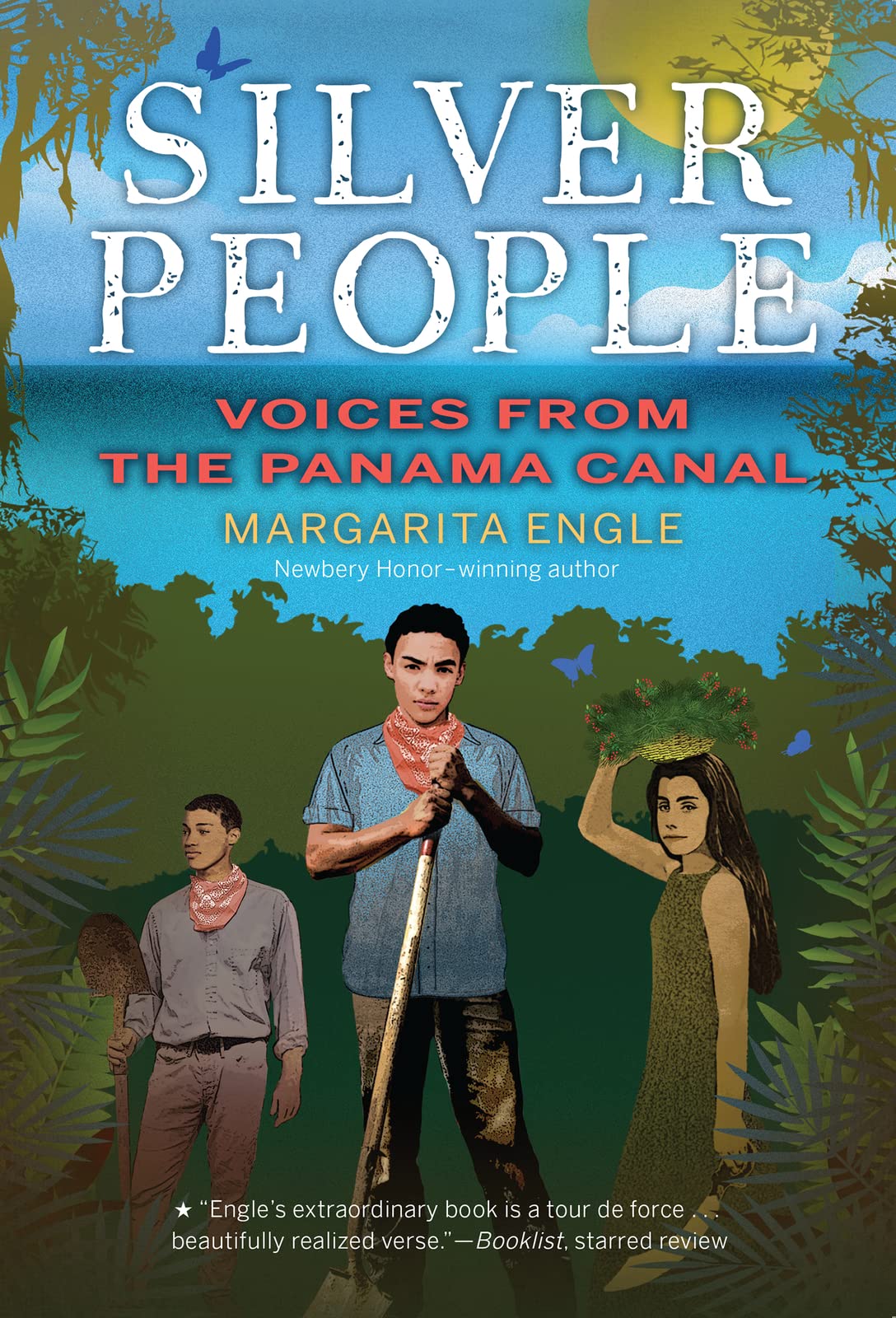

Esperanza Rising
by Pam Muñoz Ryan
But a sudden tragedy forces Esperanza and Mama to flee to California and settle in a Mexican farm labor camp. Esperanza isn’t ready for the hard work, financial struggles brought on by the Great Depression, or lack of acceptance she now faces.
Afro-Latin@ Reader
Afro-Latin@ Reader focuses attention on a large, vibrant, yet oddly invisible community in the United States: people of African descent from Latin America and the Caribbean. The presence of Afro-Latin@s in the United States (and throughout the Americas) belies the notion that Blacks and Latin@s are two distinct categories or cultures.
Silver People: Voices from the Panama Canal
The protagonist is Mateo, a young boy from the Caribbean, lured with promises of good pay and work to build the panama canal
I lived in on Butterfly Hill
An eleven-year-old’s world is upended by political turmoil in this “lyrically ambitious tale of exile and reunification” (Kirkus Reviews) from an award-winning poet, based on true events in Chile.

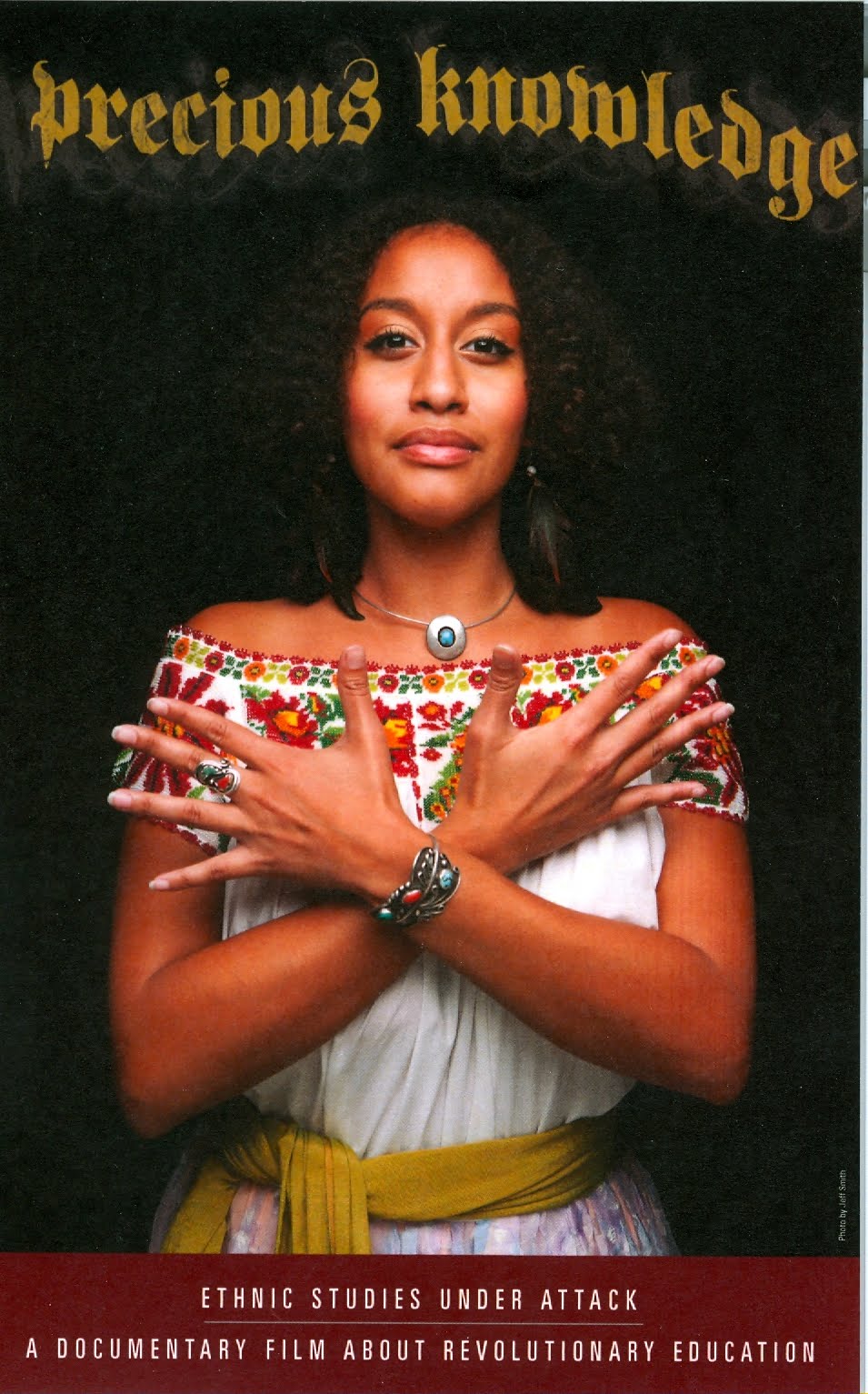
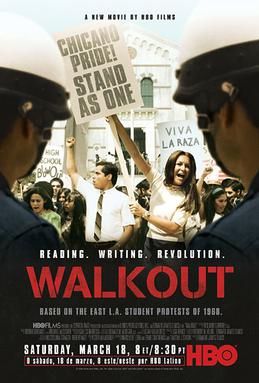
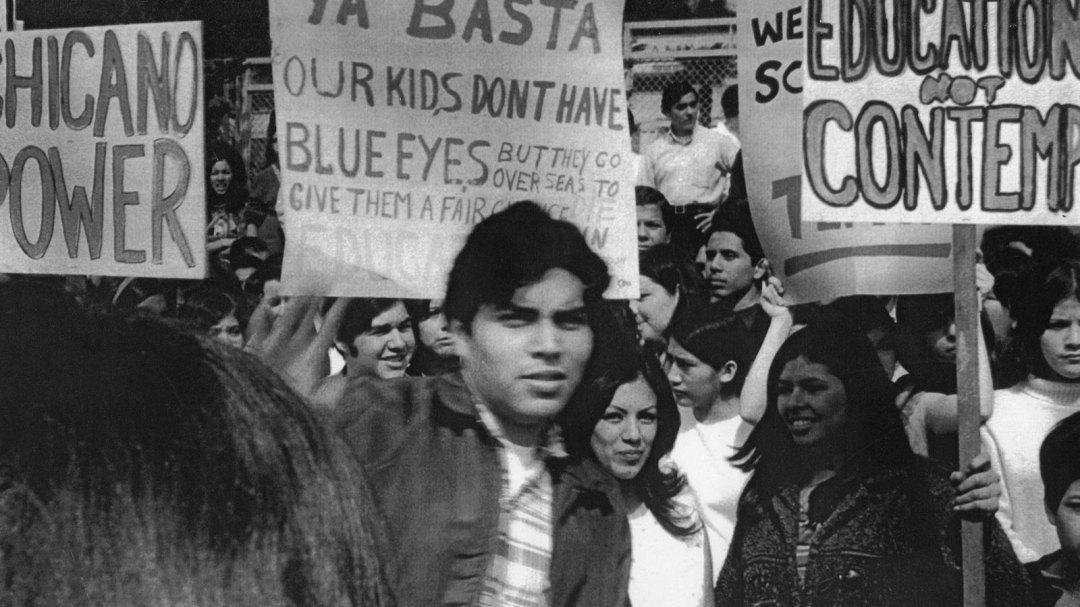
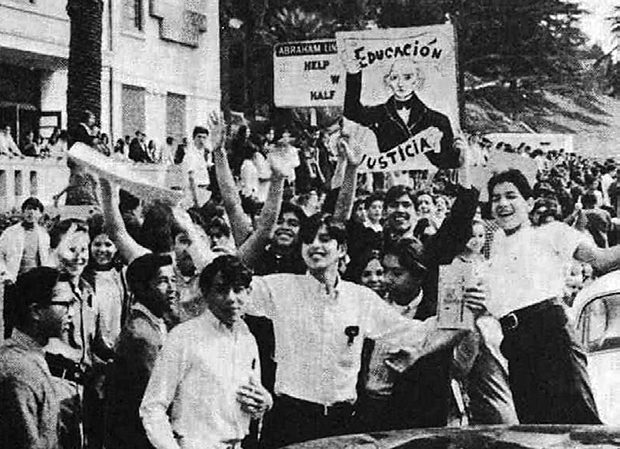
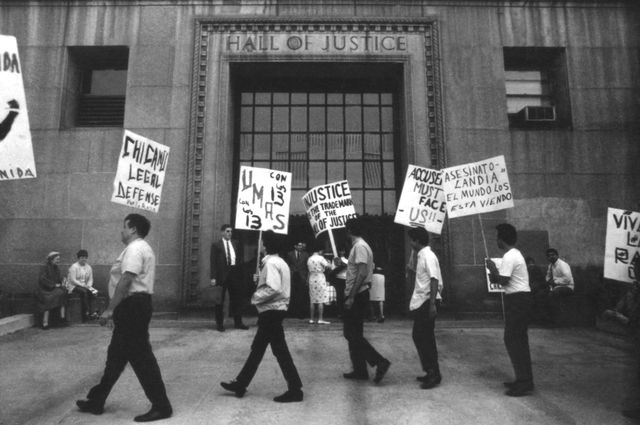
The 13th
This movie, “explores the history of racial inequality in the United States, focusing on the fact that the nation’s prisons are disproportionately filled with African-Americans.”
Precious Knowledge
In Tucson, Arizona, high-schoolers and teachers try their best to save their ethinc studies class from being removed.
Walkout
A teacher becomes a mentor to Chicano high-school students protesting injustices in public schools in 1968.
Chicano! Taking Back Our Schools
The movie documents the 1968 walkout by thousands of Mexican-American high school students in East Los Angeles against unfair treatment in their schools.
